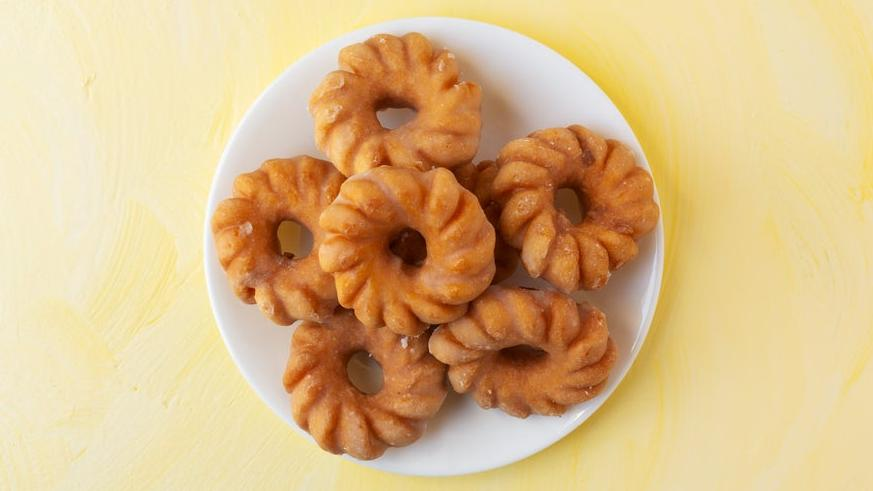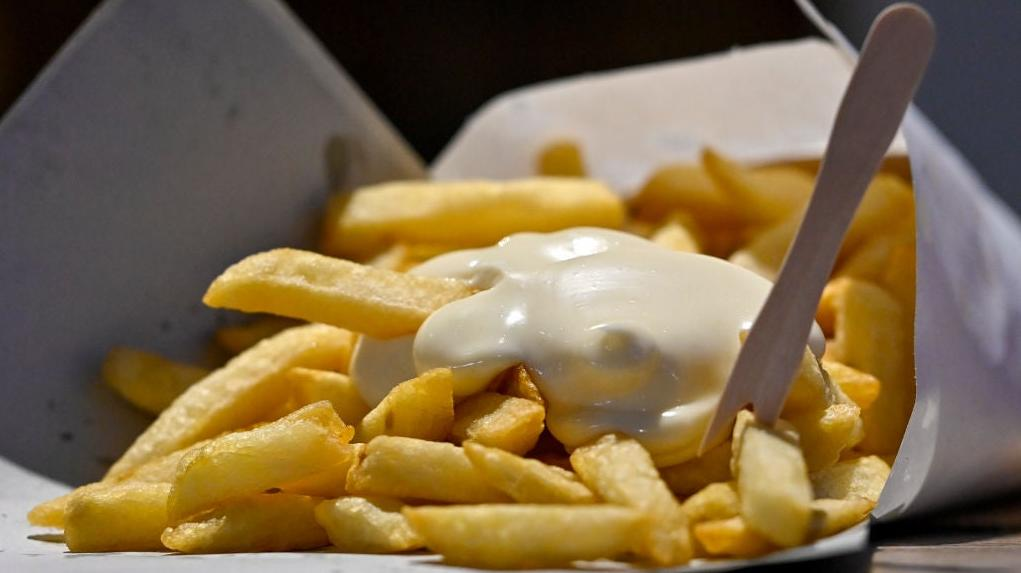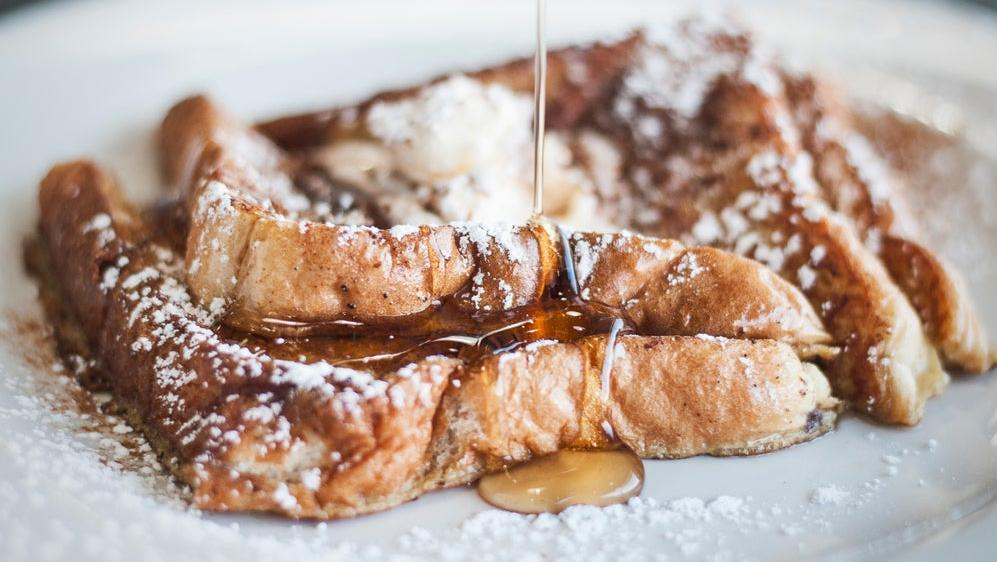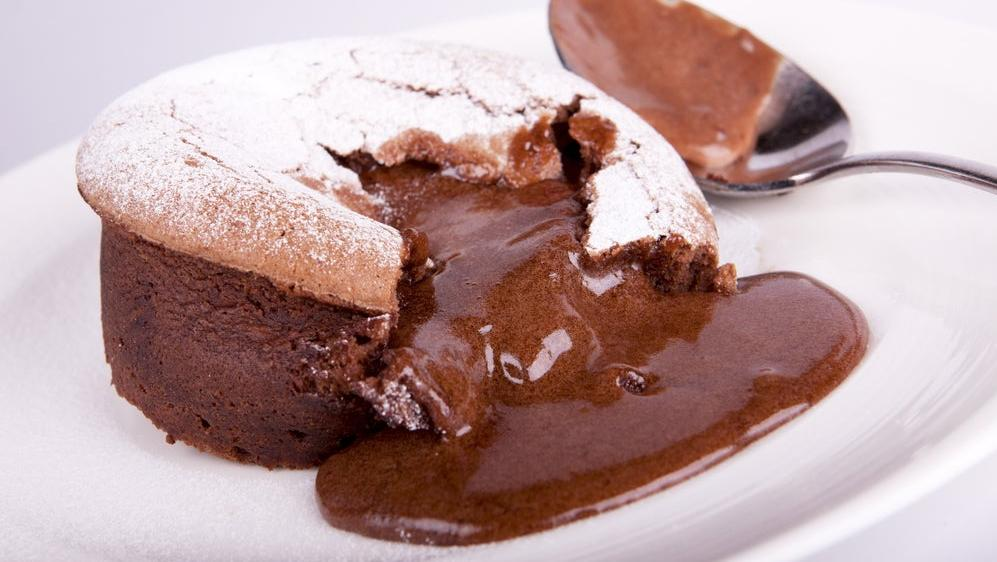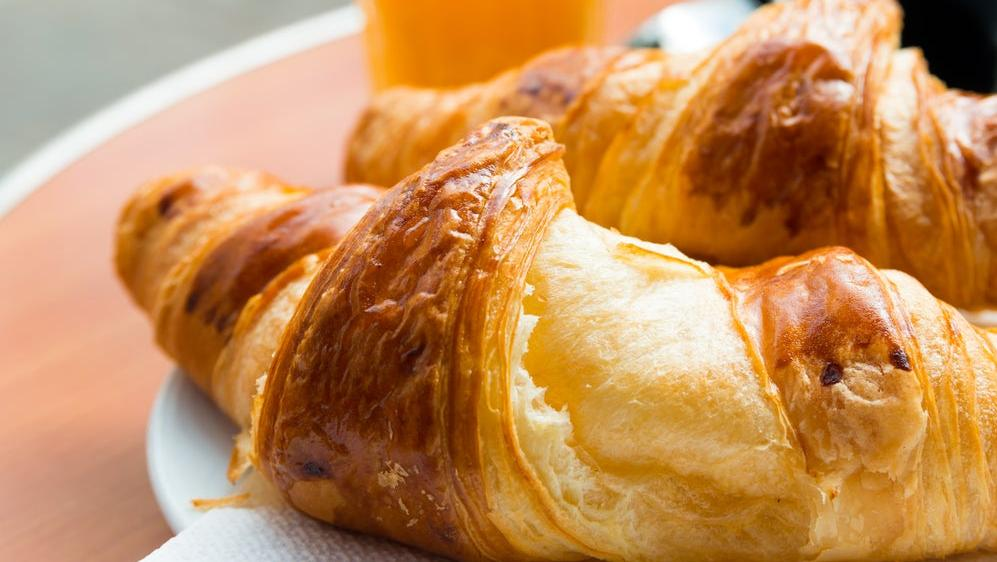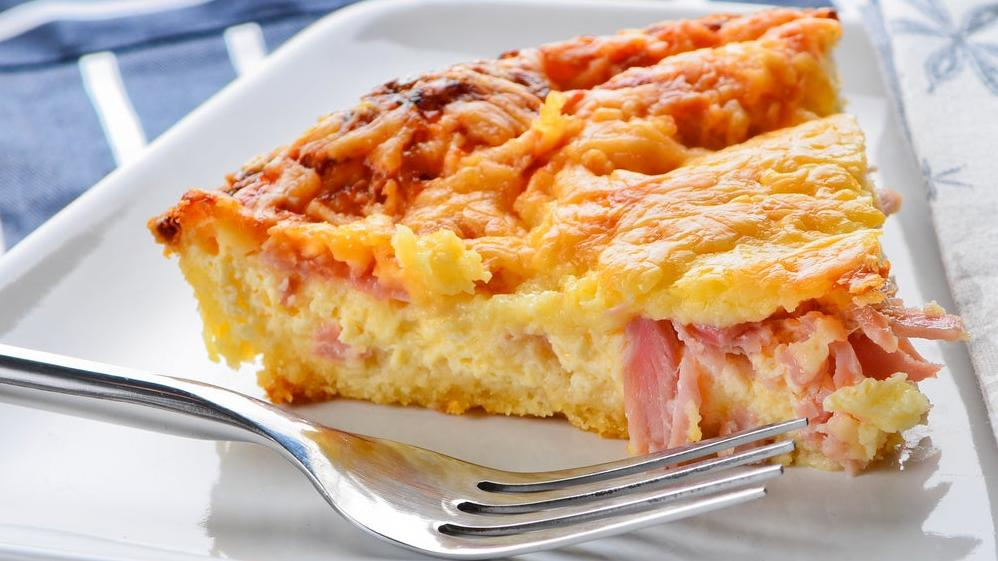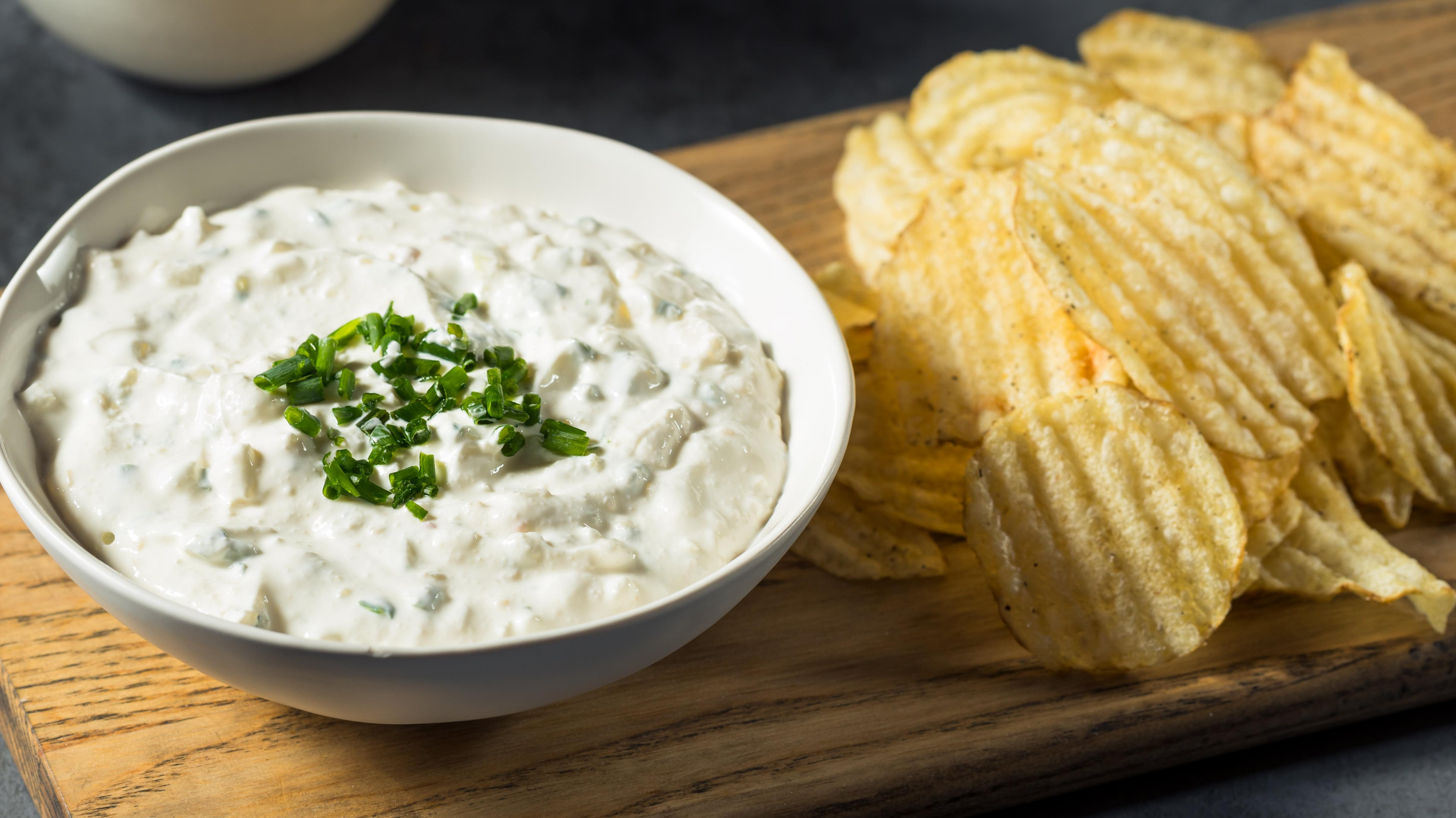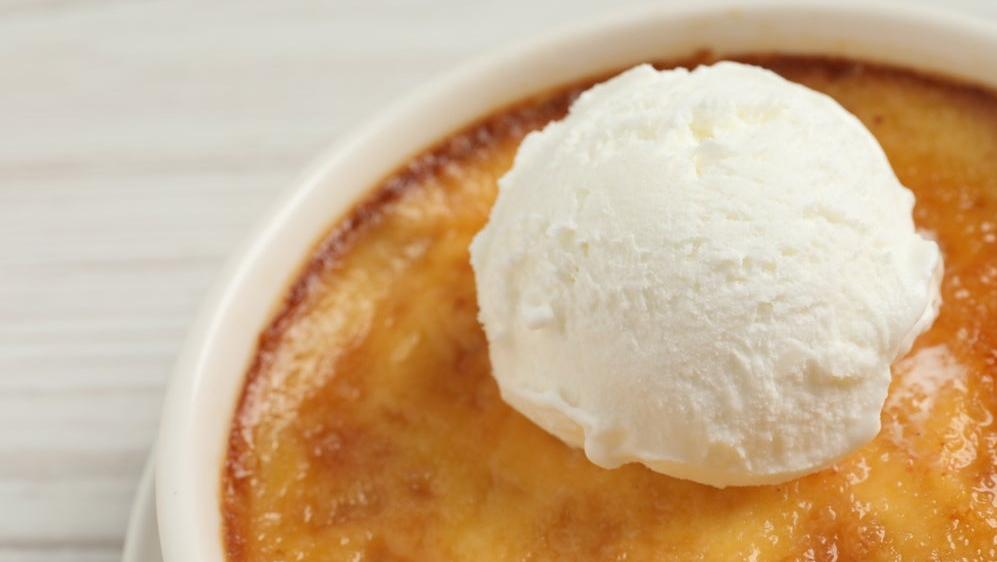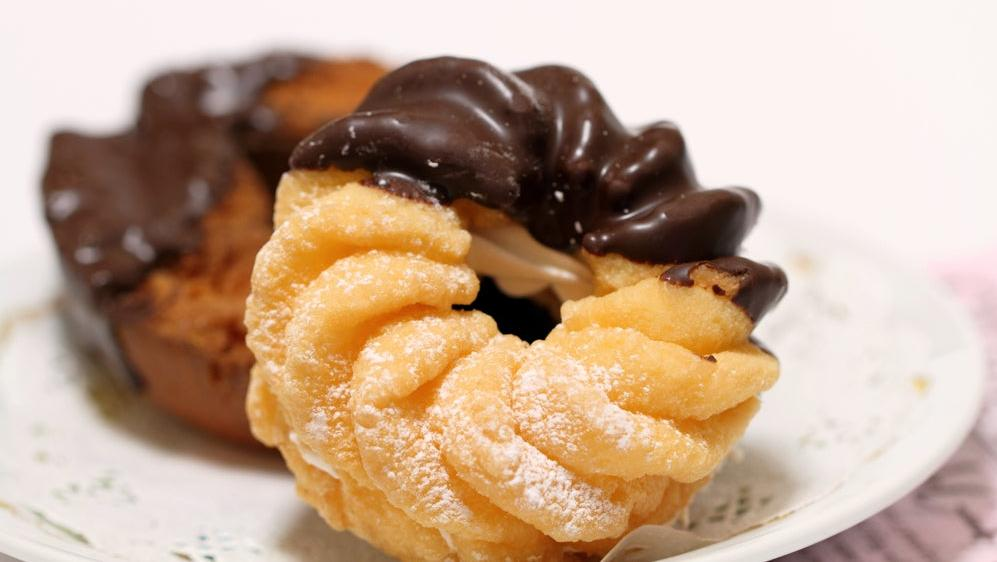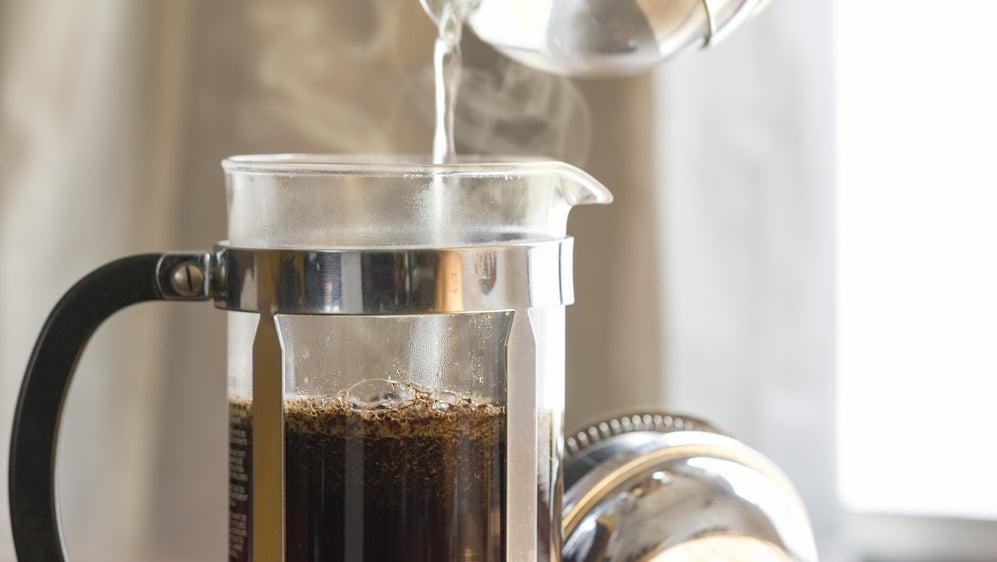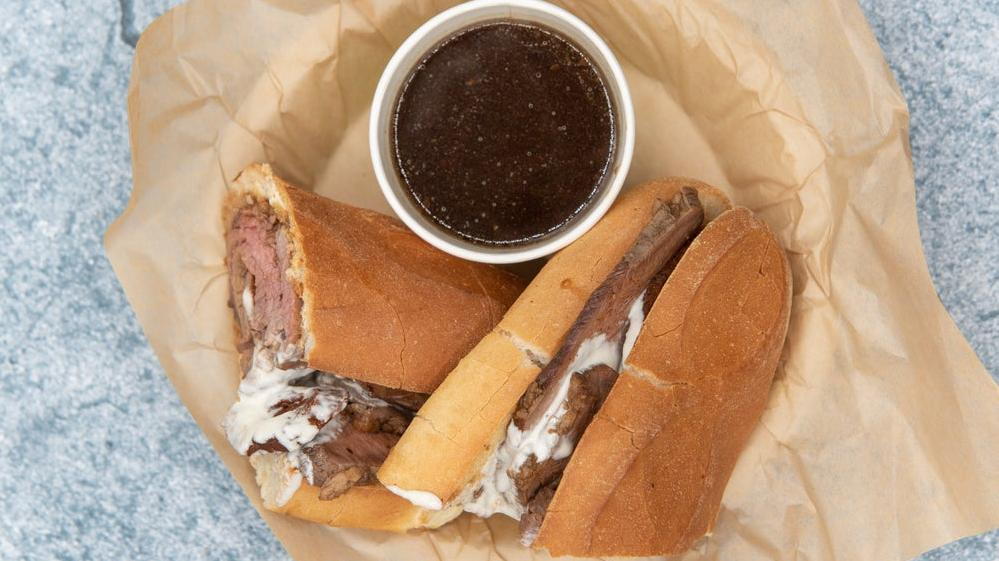10 'French' Foods That Aren't Actually French
While French cuisine has given us many gifts, it didn't give us any of these.
You might think you're indulging in an international delicacy when you dig into a plate of french fries, but beyond the name, there's not much that's French about these potatoes at all. As a French-American who grew up in France for a number of years and now resides in the U.S, I've come to learn a couple things about imposter foods that are widely—and incorrectly—understood to be French. Many such foods have only tentative ties to the French culture at best, and some are completely unrelated. Here are 10 foods whose origins you might have been mistaken about all along.
French fries
Plot twist: French fries aren't French. These spuds are actually originated in Belgium, a geographical and cultural neighbor. The first mention of fries seems to have appeared in an early 20th-century Belgian guide, which described a crispy exterior due to double frying. It's probable that, due to Belgium's francophone culture, people discovering the dish mislabeled it as French, failing to credit Belgium for the irreplaceable comfort food it has brought us.
French toast
Maple syrup on bread—what could be less French than French toast? Though undeniably delicious, this American staple isn't one that originated in France. There is, however, a similar French dessert (yes, French toast is dessert) called pain perdu, which translates to "lost bread." This name implies that stale bread, aka "lost" bread, is repurposed to make the dish. It's less indulgent than French toast, in that it's oven-baked and typically eschews toppings. So, why was French toast ever deemed "French"? Most likely for marketing reasons; in Amercan eateries, French foods have long been seen as fancier and more sophisticated.
Chocolate lava cake
The French equivalent of the chocolate lava cake is the moelleux au chocolate, and while both desserts are gooey, chocolatey goodness incarnate, they are not quite the same. The moelleux isn't as runny as the center of a chocolate lava cake; rather, the gooey part is more like soft tar (just go with it). Chocolate lava cake is usually baked for a shorter amount of time in a hotter oven, rendering the signature underbaked center. (Another method involves baking a cake around a center of frozen ganache, which melts in the oven.) The lava cake is most likely credited as French because when it rose to prominence during the 1980s, a French chef claimed a similar cake had already been on menus in France prior to its "invention" in the United States. The French version, it seems, was likely closer to moelleux.
Croissants
Is there anything more French than the croissant? Well, yes, because the inspiration for croissants didn't start with France. Although the airy, buttery heaven that is this laminated pastry is nearly synonymous with French culture, it originated in another country not too far away, Austria. Long before croissants took on a flaky texture courtesy of the French innovation of using puff pastry, the treat was known as a kipfel. In the shape of a crescent moon, the Viennese kipfel was closer to a cookie, and it's likely the treat has existed since the 1200s; experts believe the croissant is its direct descendant.
Quiche
Quiche has evolved through time, but this creamy, savory egg dish had its humble start in a small region that was mainly Germany before it became Alsace-Lorraine of France. A combination of both French and Germanic culture, this region is where Quiche Lorraine got its name. Quiche is thought of as a French dish because, frankly, the French added a lot of oomph to a dish that previously contained only eggs and cream, first made by Germans in the Middle Ages. (Seriously, that stuff had hardly any flavor.) Quiche was simply French-ified with cheese and the French bacon known as lardons; though the tweaks were simple, we can all attest that they made the dish a lot tastier.
French onion dip
Simply put, French onion dip has no relation to France whatsoever. The first dead giveaway is that the French don't really use sour cream. Instead, they have crème fraîche, a fattier alternative used in baked goods and never as a dip (although we recommend serving it up in this fashion). So what's with the name? French onion dip was actually invented by a Californian in the early 1950s. After blending a dry onion soup mix produced by Lipton in a bowl of sour cream, voila! The dip became a force to be reckoned with. It's probably known as "French" today because when people think of onion soup, they tend to think of French onion soup, a popular staple dish throughout France.
French vanilla ice cream
"French vanilla" coaxes many consumers into thinking they're purchasing something fancy, but just as there's no such thing as "American chocolate," the concept of "French vanilla" is similarly flimsy. Though French vanilla ice cream does boast a smoother, more complex flavor than regular vanilla ice cream, it's not because any of its ingredients come from France. Instead, the name is a nod to the fact that this ice cream is made in a manner similar to most French ice creams—that is to say, with lots of eggs. This is why French ice cream tends to have a custardy taste.
French crullers
Crullers are a type of doughnut, and if you know a thing or two about France, you'll know that doughnuts aren't French. While some doughnut-like sweets, including crullers, exist in Europe, they're found farther north; the twisted glazed doughnut first arose among the Dutch. Since crullers specifically are made with a dough similar to choux pastry rather than the yeasted dough of most doughnuts, this treat is often deemed French and mistaken as French in origin. Credit Dutch culture for this one, and know you can always rely on the French for other delicacies like mille-feuille.
French press coffee
All right, we'll hand it to France on this one: the French press is kind of French because it was popularized in part by French culture. And yet there continues to be some debate between France and Italy over who ought to truly be credited for the handheld caffeine machine. Though the mid-1800s saw the first patent designs for the French press, as outlined by Frenchmen, it was only 100 years later that a different product was patented in Italy, one that looks much closer to what the French press looks like today. France then tweaked and marketed this Italian design further, which is how it gained its common name.
French dip sandwiches
If you ask a French person what a French dip sandwich is, you'll likely be met with a blank gaze. The sandwich has some connection with the land of choux pastry, even though it was first invented in California, not exactly a location where the Eiffel Tower lies visible. It's not clear why it's called a French dip and not a Californian dip, though it's speculated that a French immigrant came up with this sandwich concept after accidentally dropping it in some "jus" (a word for "juice" in French), aka the liquid in which the roast beef was sitting. Alternatively, the "French" of "French dip" might be a reference to the baguette used to create the sandwich.
